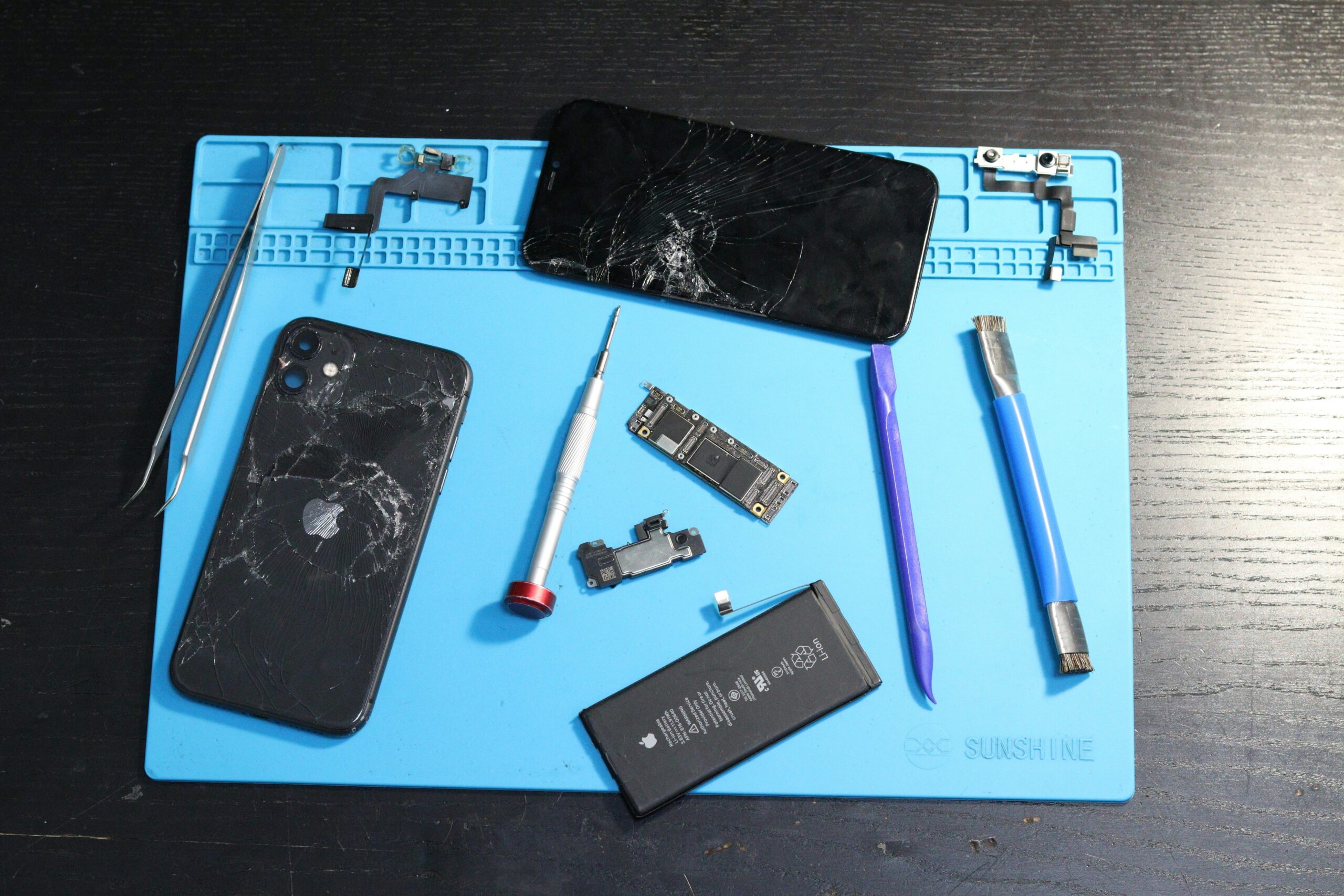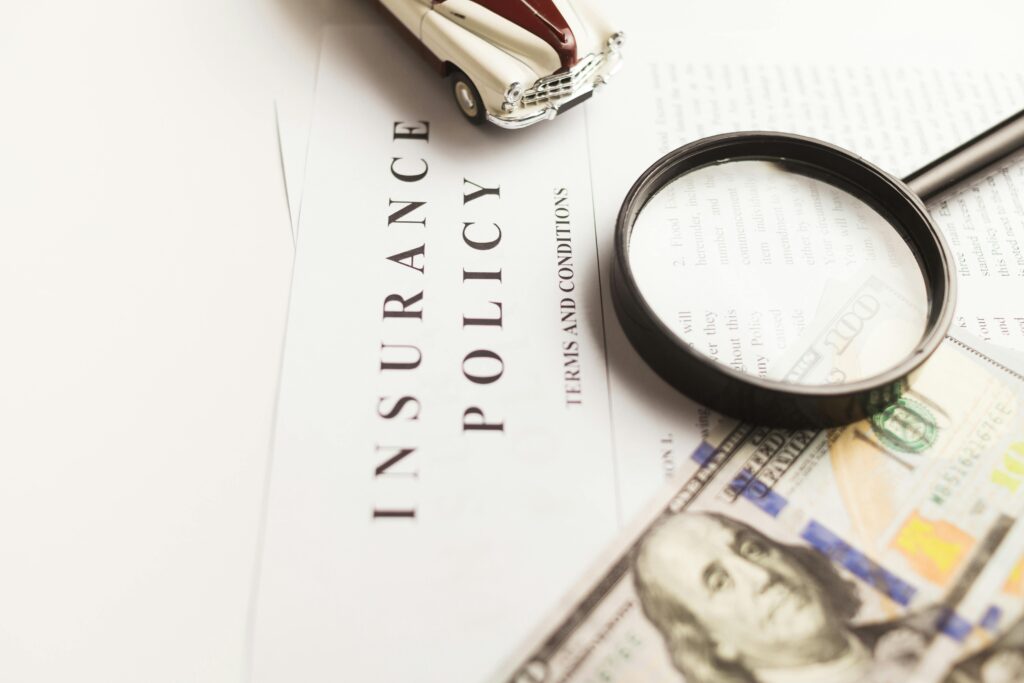Ever had your heart sink when a corrupt file wiped out weeks of work? Yeah, we’ve been there. One minute you’re ready to release your masterpiece, and the next—poof! Content loss can feel like losing hours of sleep or even thousands in revenue if it’s tied to media projects. But what if I told you there’s a way to protect yourself from this nightmare? Enter content loss protection through media insurance.
In this article, you’ll learn:
- Why content loss protection matters for anyone creating digital assets.
- How media insurance works to safeguard your files.
- Actionable steps to pick the right coverage for your needs.
Table of Contents
- Key Takeaways
- Section 1: The Problem – Why Losing Content Hurts
- Section 2: Step-by-Step Guide to Content Loss Protection
- Section 3: Tips & Best Practices for Maximizing Your Coverage
- Section 4: Examples & Case Studies of Content Loss Protection in Action
- Section 5: FAQs About Content Loss Protection and Media Insurance
Key Takeaways
- Media insurance offers specialized content loss protection by covering damages related to corrupted or destroyed digital assets.
- Having a robust backup system and choosing the right policy are critical first steps to mitigating risks.
- Real-life cases show how businesses saved money (and sanity) with proper insurance after major data disasters.
Section 1: The Problem – Why Losing Content Hurts
Let me confess something embarrassing. A few years ago, while editing a video for a client, I accidentally formatted my external hard drive instead of saving a backup. Yep, cringe-worthy mistake. That was hours of unpaid overtime gone because I didn’t think ahead about protecting my work. Sound familiar?
Now imagine scaling that up. For influencers, filmmakers, graphic designers, and brands relying on digital media, losing access to their creative assets could mean losing income streams entirely. This is where content loss protection becomes non-negotiable.

Digital creation isn’t just art—it’s commerce. Whether it’s an ad campaign worth $10k or a TikTok clip poised to go viral, these assets hold tremendous value. And without content loss protection, one technical glitch can bring everything crashing down.
Optimist You: *“I’ve got backups!”*
Grumpy You: *“Uh-huh… until YOUR backup fails too.”*
Section 2: Step-by-Step Guide to Content Loss Protection
Step 1: Understand What Media Insurance Covers
First things first—what exactly does media insurance cover under “content loss”? It typically includes:
- File corruption due to hardware failure or malware attacks.
- Data breaches leading to lost intellectual property.
- Physical damage to storage devices during transport.
Step 2: Evaluate Your Risks
Before signing any policies, assess where your vulnerabilities lie. Are you uploading raw footage daily? Do you store sensitive documents on cloud services? Once you identify weak points, prioritize securing them either via insurance or additional tech solutions.
Step 3: Compare Policies
Not all insurers handle media assets the same way. Some focus solely on financial reimbursement, while others provide faster recovery tools. Make sure the plan aligns with your workflow habits.
Section 3: Tips & Best Practices for Maximizing Your Coverage
Protecting your media involves more than just taking out insurance—it requires adopting smart practices:
- Automate Backups: Use software that syncs files automatically across multiple locations.
- Encrypt Sensitive Data: Ensure no hacker can easily crack into your archives.
- Create Redundancies: Store duplicate versions offline AND online.

Section 4: Examples & Case Studies of Content Loss Protection in Action
Case studies make this personal finance advice tangible. Take Sarah, a YouTuber whose laptop failed mid-upload. Her content loss protection kicked in, reimbursing her for the cost of recovering the corrupted video AND compensating her for potential ad revenue losses during downtime. She called it her “lifesaver” moment.
On the flip side, here’s a terrible tip: *Skip backups altogether.* Seriously, don’t do this. Unless risking tears over deleted memes sounds fun.
Section 5: FAQs About Content Loss Protection and Media Insurance
Q: Is media insurance expensive?
Absolutely not! Plans start as low as $20/month depending on coverage levels.
Q: Does general liability insurance cover digital assets?
Nope. You need a policy specifically tailored for media risks.
Q: What counts as “content” in content loss protection?
Videos, photos, scripts, design files—you name it!
Conclusion
Content loss happens—but it doesn’t have to ruin your day (or budget). With the right combination of media insurance and proactive measures, you can breathe easy knowing your creations are safe. Remember:
- Backup regularly.
- Invest in tailored coverage.
- Stay ahead of cyber threats.
And now, for some nostalgia:
Beep boop bloop, Data gone kaput— Save now, trust later.


